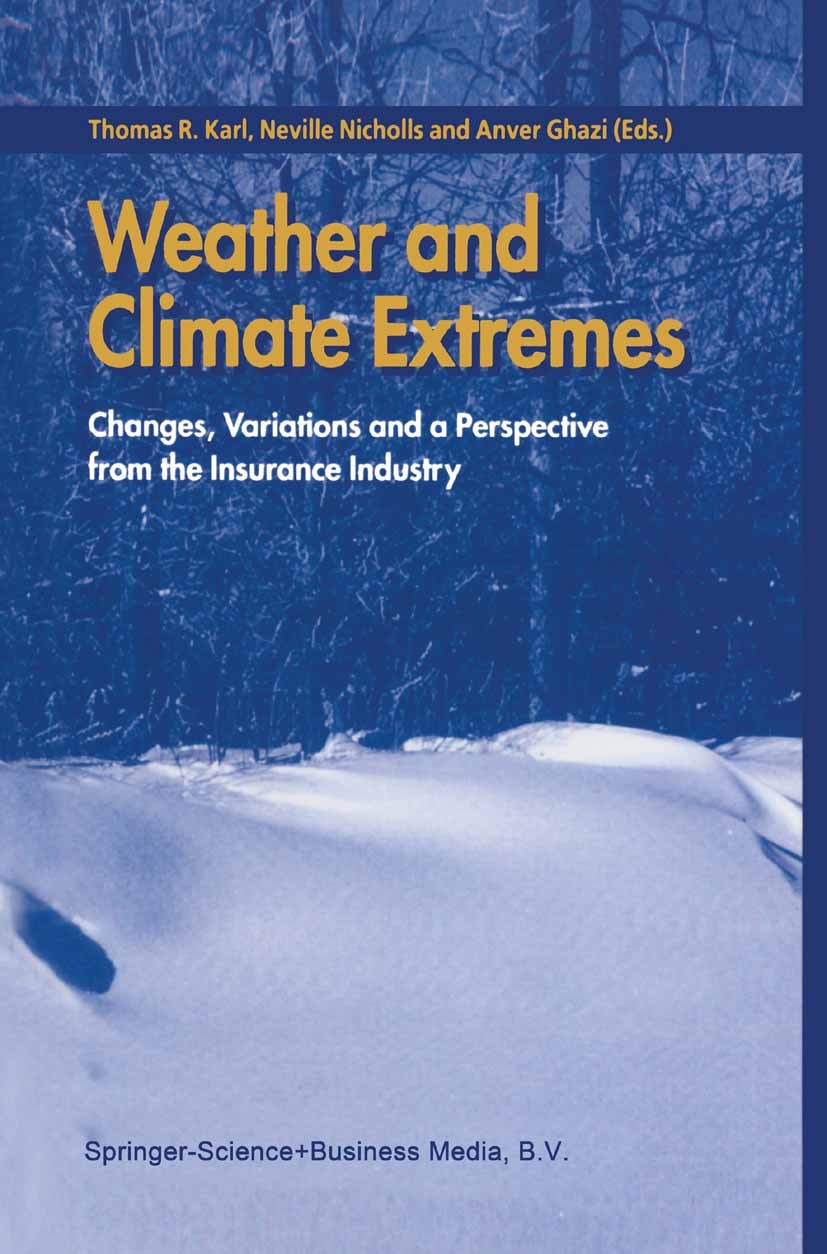An attribution study of very intense rainfall events in Eastern Northeast Brazil
Abstract
Severe floods and landslides in Eastern Northeast Brazil in May 2022 led to severe impacts with human losses and material damage. These disasters were a direct consequence of extremely heavy rainfall days. A rapid attribution study was performed to assess the role of anthropogenic climate change in 7 and 15-day mean rainfall over this region. A dense network of 389 weather stations was analysed resulting in 79 selected stations containing consistent and spatially well-distributed data over the study region with records starting in the 1970s. Daily rainfall from a multi-model ensemble of climate simulations were also examined to investigate the role of climate change in modifying the likelihood of such extreme events over the studied region. However, such an analysis was hindered by the fact that most investigated models have deficiencies in representing convection associated with warm rains, which are key for the manifestation of such extreme events associated with Easterly Wave Disturbances. From the observational analysis, both 7 and 15-day mean events in 2022 were found to be exceptionally rare, with an approximately 1-in-500 and 1-in-1000 chance of happening in any year in today's climate, respectively. Even though both events were located far outside the previously observed records, because of the short observational record and associated uncertainties it was not possible to quantify how much climate change made these events more likely to happen. The performed analysis also revealed that global warming increased the intensity of such extreme rainfall: rainfall events as rare as those investigated here occurring in a 1.2 °C cooler climate would have been approximately a fifth less intense. Combining observations with the physical understanding of the climate system, this study showed that human-induced climate change is, at least in part, responsible for the increase in likelihood and intensity of heavy rainfall events as observed in May 2022. Besides, the extreme nature, as a result of such events, made it so extraordinary that population exposure and vulnerability was identified as the main driver for the observed impacts, although long-term impacts and recovery will likely be mediated by socio-economic, demographic and governance factors.

 求助内容:
求助内容: 应助结果提醒方式:
应助结果提醒方式:


